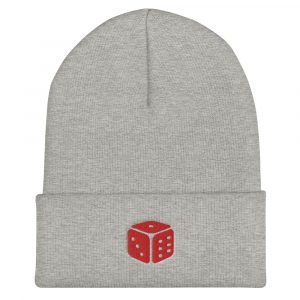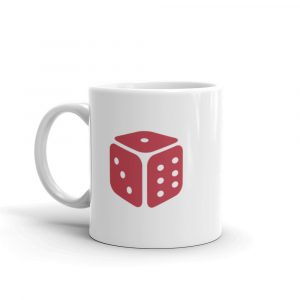By adding just once extra die, I was able to turn snakes and ladders into a game and suddenly playing with my four-year-old became far more interesting. However, there was no way I could bring this game to my Thursday night game group and say, “check it out fellas, we’re playing a slightly more interesting version of snakes and ladders. I needed to take the game further if I was going to go from a game to a good game.
One of the issues with snakes and ladders is that the board is static. There’s a couple of short ladders, a couple of short snakes and then those two massive ones that usually mean you either win or lose the game. The board is an obstacle to making snakes and ladders fun.
As such, the first thing that we did was to wipe the slate clean as it were. Our new board looked like a simple grid, with no snakes and no ladders. Instead, we decided that you would add snakes and ladders to the game as you played. Essentially, you would build the board as you played. But how?
We went back down to 1 die and made a rule the 1-5 meant movement but 6 allowed you to draw a card. That card would allow you to either alter the board or impact tokens. Want to swap the first-place player and last place player? There’s a card that does that. Want to add a 2-level ladder? There’s a card for that. On a player’s turn, if they had cards, they could either choose to play a card or roll the die.
Snakes and ladders and horseshoes and hand-grenades became a truly chaotic version of this “game”. Now to try it out.
Oh Hey.
Thanks for Stopping By.
Thank you for following along on our adventure in board game design. Subscribe to stay up to date with what we're designing, and why, and this way you won't miss any information about our game launches.






Recent Comments